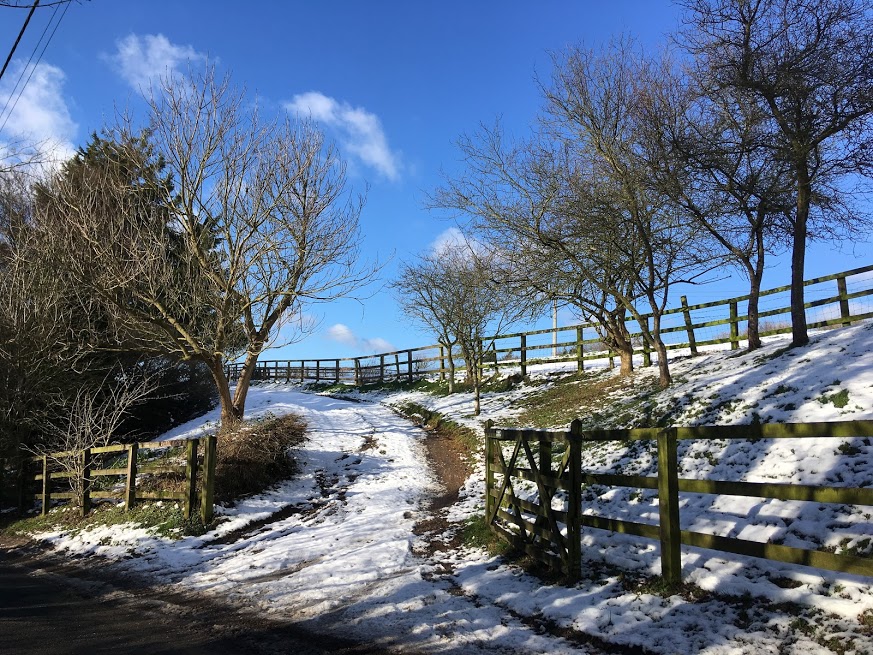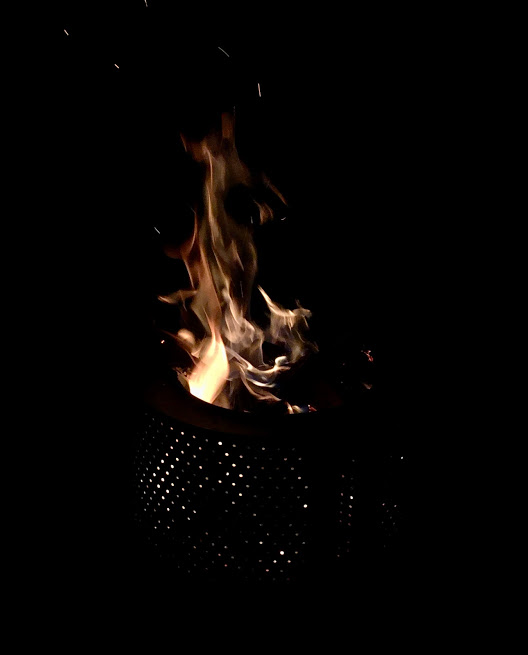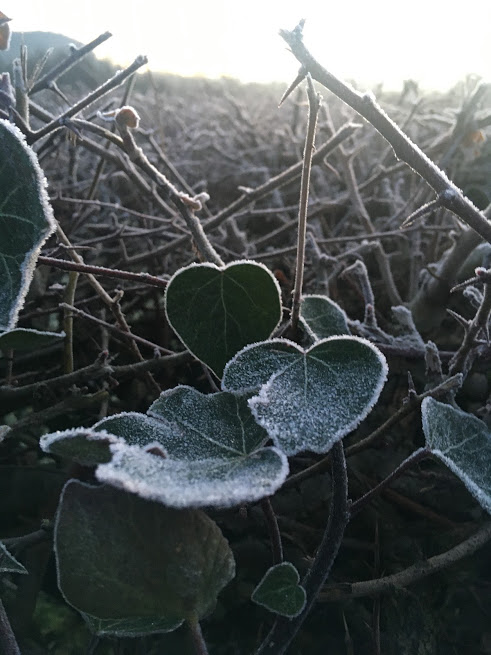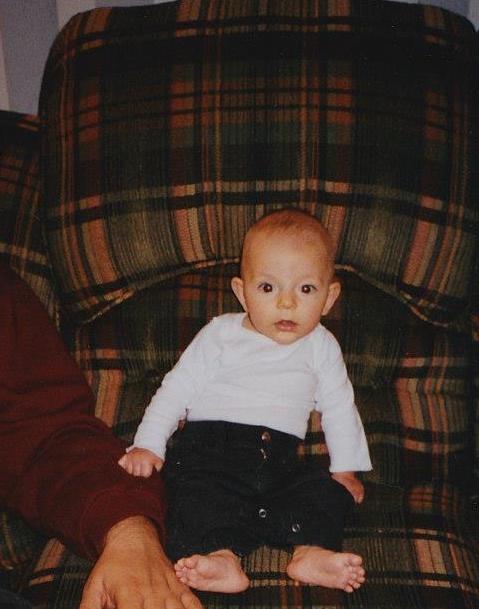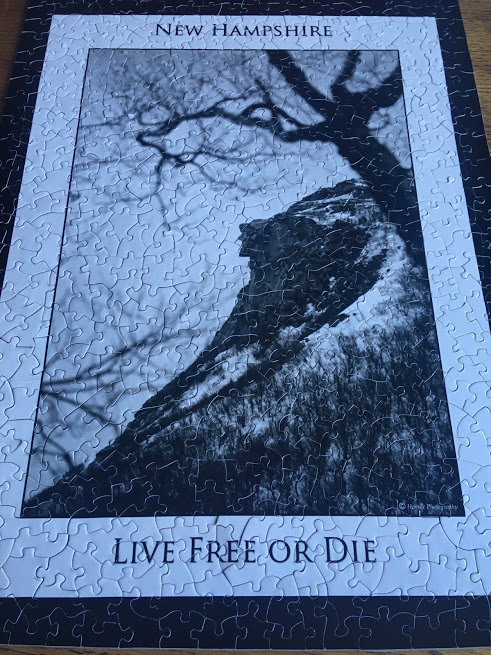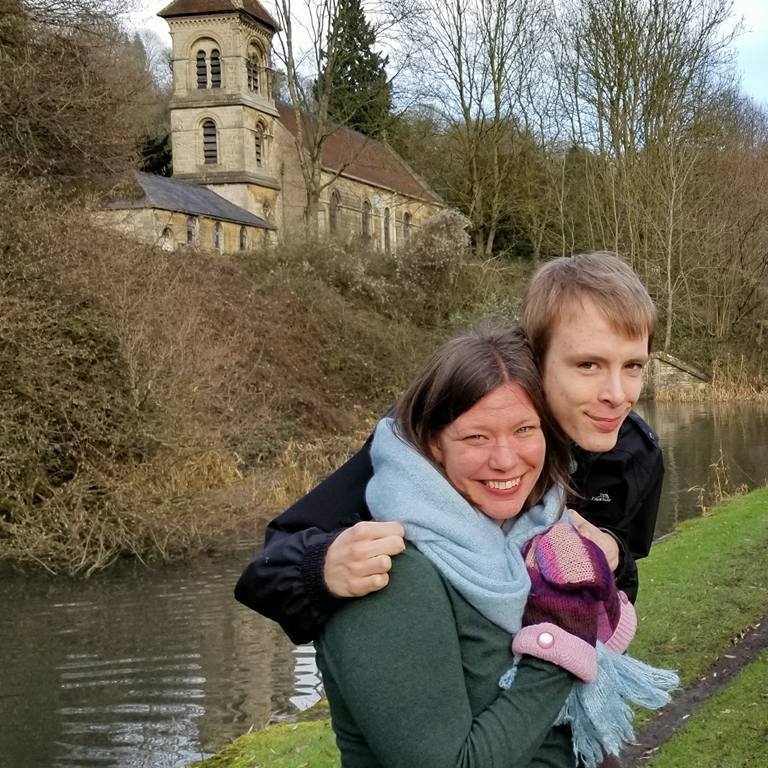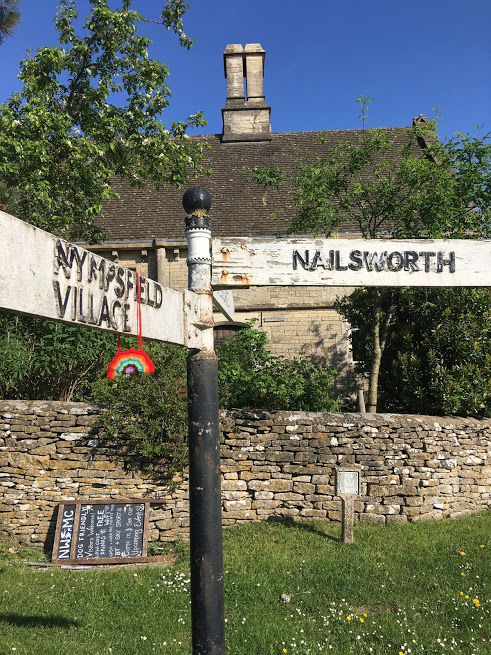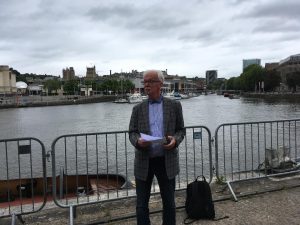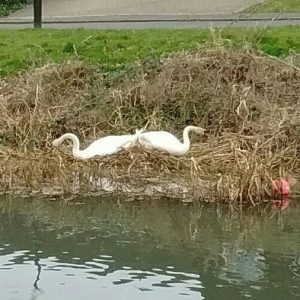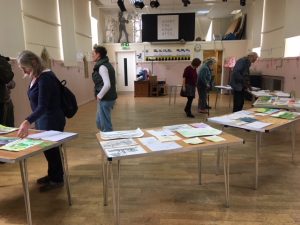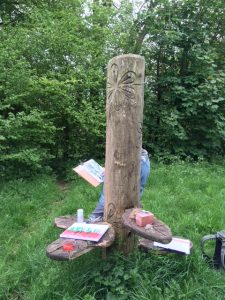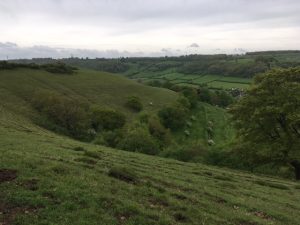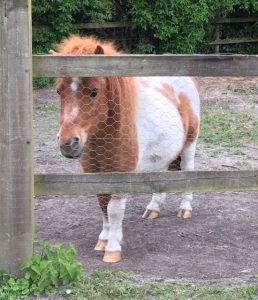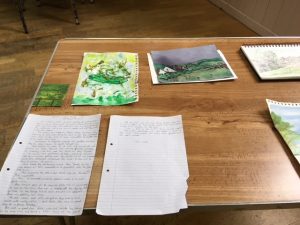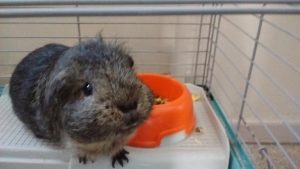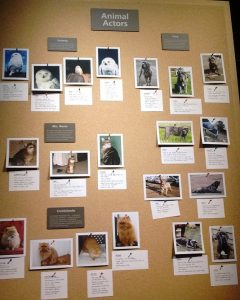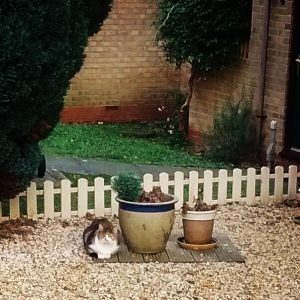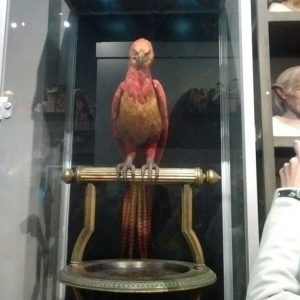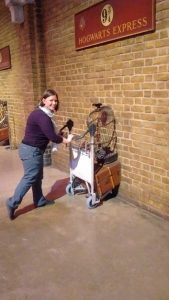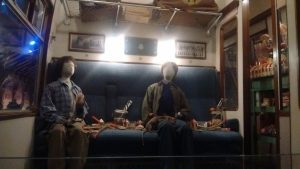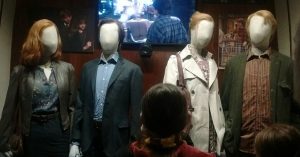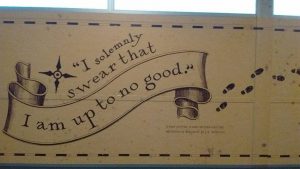This Week’s Bit of String: An abandoned bread roll
There’s a five-storey office building separated from a Cotswold canal by a busy roundabout. It used to be a prominent building society office, and before that was the site of a massive brewery. Now it belongs to the company I work for.
In a bottom drawer of a black file cabinet on the ground floor you will find, as far as I know, a bread roll. It was purchased from a local bakery on the 17th of March. It is probably rigid now. If you pick it up it may crumble completely.

The cabinet was mine, of course, and I intended to eat the roll on Friday March 20th, but I got coronavirus so had to isolate, and during that time national restrictions began. I’ve worked from home since. My desk might be used by someone else, a new employee I’ve never met, who perhaps has opened my bottom drawer, thrown out the roll, and shifted my cheesy worksheets from mandated meetings (What Colour is Your Personality?), my Christmas decorations and fruit tea. If our roles were reversed, I’d feel like an archeologist sifting through artefacts left by a disaster and mass exodus. Scratching the surface.
The last line of a book is the final clue to uncovering its secrets, to the lives of its characters. We know nothing really ends—next year I might have to resume the long commuting days, might throw out that roll myself. In decades my office building might be something different again. For our purposes though, we have to conclude the plot. We get to decide where to end the stories we write. How do we do this well?
The Grand Finale
As writers we hear a lot about how to start a piece. We peruse lists of classic book openers, and edit our first pages no fewer than 300 times. Endings don’t get the same sort of attention though. There’s a consensus regarding short story anthologies, I’m told, that the strongest pieces need to go at the beginning and you just tack the weaker ones at the end.
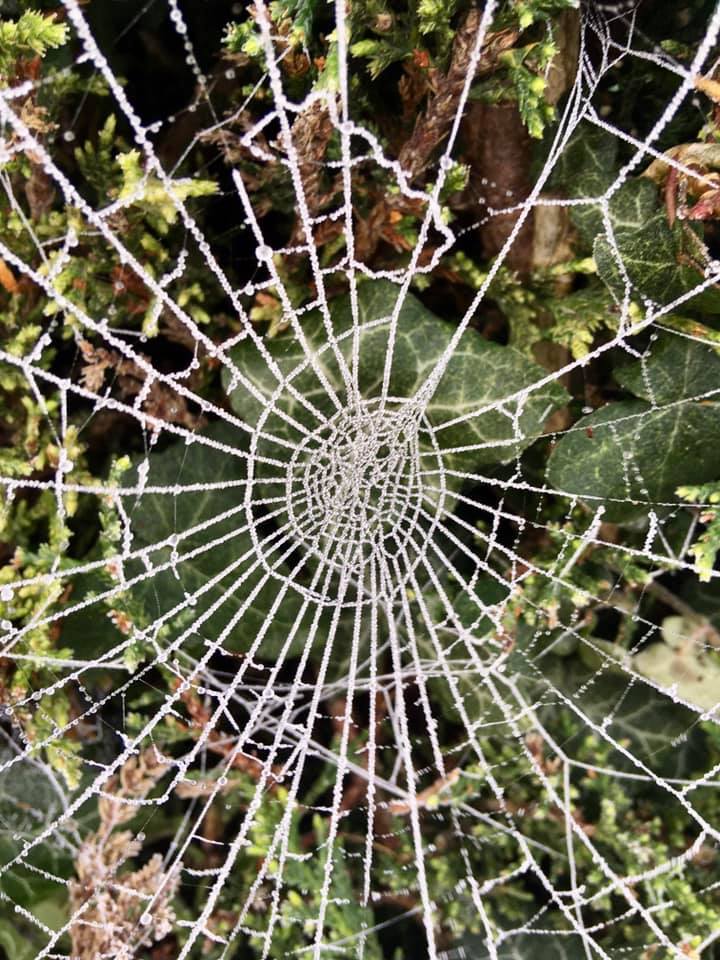
I was surprised to find this out, because surely leaving a good final impression is nearly as essential as hooking readers in? I understand it’s more intellectually stimulating to leave endings a bit vague and open. However, I like some evidence toward a resolution, and I particularly enjoy works that ensure the relevant characters get cameos, however enigmatic, in the last bit (ahem, Anna Karenina).
In other words, to put this into a 90s classic as I am wont to do (usually in secret, but I’m feeling generous today), “What about your ends? Will they stand their ground, will they let you down aga-ain?” (Thanks, TLC.)
There are a few top closing line lists compiled on the Web, and I agree with them more or less. I don’t necessarily agree with Penguin Books that all last lines should “compel you to wonder what’s next.” If every book ended ambiguously, I’d find that tiresome. An ending that is definitively sad or happy can be memorable too.
Personal Favourites, aka Here Be Spoilers
That said, one of my very favourite final lines is from Hemingway’s The Sun Also Rises. “Isn’t it pretty to think so?” There’s a gentle finality to it; a kind, if tongue-in-cheek, release for a doomed relationship.
It also gives us permission to daydream while accepting what the reality is, and in fact a lot of endings fall into that category. In Atonement, Ian McEwan pulls a last minute swap on the reader, telling us: “You know that prettier alternative we were telling you about? Never happened.” Home Fires by Kamila Shamsie blazingly illuminates a tragedy but in her last line gives us one searing instant to imagine something happier. Jonathan Safran Foer in Extremely Loud and Incredibly Close closes with a rewind, permitting us to linger on what’s been lost.
Many books end with the possibility of a new beginning, not a guarantee but a foundation laid. We know the characters won’t have an easy go of it, but we’re given sufficient confidence in them. I can generally count on Sarah Waters for this, as in The Paying Guests and Fingersmith, and Michael Chabon too. Madeleine Miller’s Circe and George Saunders’s Lincoln in the Bardo are other examples of endings that tease great things to come.
When Will You Make an End?
I’m not always good at endings. The first story I ever wrote went unfinished, because at the age of 4 I couldn’t resolve the little girl’s predicament of being chased by a wolf. I still wouldn’t know how to sort that one out.
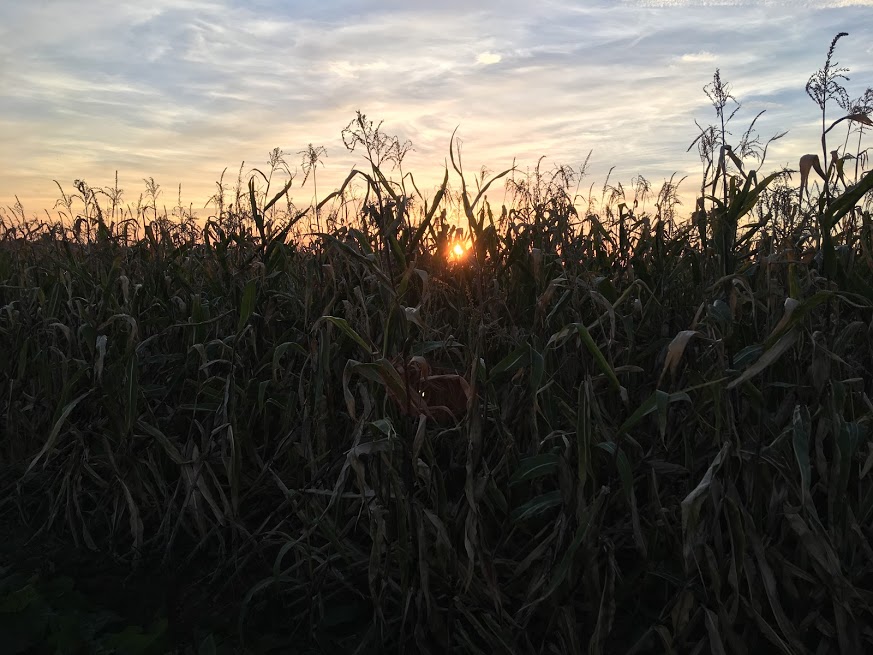
With short stories, I tend to conclude them at the point where I don’t want to know what happens next. Those characters are for that moment only. With novels, I’ll revisit the people in my head, imagining reunions and revelations that weren’t necessary to the plot but are fun to think of nonetheless. It can help to come back to an image, a detail, in the final sentence or paragraph, something meaningful but light. Lipstick, or crayons, or maybe a bread roll.
At the moment I’m rewriting the ending of my novel The Gospel of Eve. I’m happy with a lot of the tying up I did, however loose some of it is (we have to keep with the trends and leave enough left unsaid), but the mood needs a little lift—tough job when it ends foreshadowing a world-destroying flood. But there are ways, as Hemingway indicated, to pretty things up a little.
After all, some of our key aims as writers are to portray harsh truths, to know how to speak beautifully of them, and to know when not to try dressing them up.
What are some of your favourite endings and last lines?
